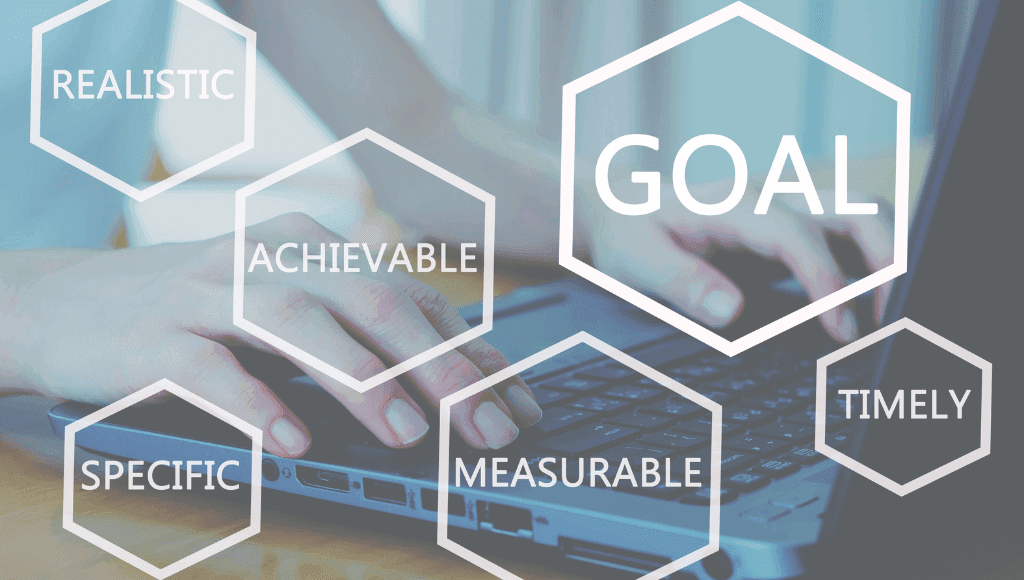How to Set Effective Web Design Goals for Success
Introduction to Web Design Goals
Welcome to our comprehensive guide on setting effective Web Design Goals. Whether you’re launching a new website or revamping an existing one, setting clear and strategic goals is crucial for ensuring that your digital presence not only meets but exceeds your business needs. But what makes a goal effective, and how can these goals transform the trajectory of your web project? This guide delves deep into these questions, providing you with a structured approach to crafting goals that are not only achievable but also instrumental in propelling your business forward.
The Importance of Setting Website Objectives
The process of Setting Website Objectives is vital for the success of any web project. These objectives act as a compass for your entire project, guiding every decision from design to development, and content to conversion strategies. But why is this step so crucial? Clearly defined objectives align your project with your business strategy, ensuring that every element of your website serves a specific purpose. Whether it’s to increase user engagement, maximize sales, or enhance brand awareness, each objective needs to support an overarching business goal.
Expanding Your Vision
When setting these objectives, consider the broader implications of your digital presence. How will your website serve as a tool for customer engagement? Can it be optimized as a lead generation engine? Addressing these questions will help you to set more comprehensive and impactful goals.
Effective Website Project Planning: Employing SMART Goals
Effective Website Project Planning hinges on your ability to set and adhere to SMART goals—Specific, Measurable, Achievable, Relevant, and Time-bound. Each element of the SMART framework plays a critical role in ensuring that your website goals are practical and actionable.
Breaking Down SMART Goals
- Specific: Vagueness is the enemy of progress. Specify the exact outcomes you expect. For instance, “Enhance the user interface to improve customer satisfaction scores on service pages by 25% over the next year.”
- Measurable: If you can’t measure it, you can’t manage it. Define key performance indicators (KPIs) for each goal to track progress and adjust strategies as necessary.
- Achievable: Set ambitious yet realistic goals considering your resources, technology, and market dynamics. This balance keeps your team motivated and maintains momentum throughout the project.
- Relevant: Align each goal with your business’s strategic plan to ensure that your web project contributes to your company’s long-term objectives.
- Time-bound: Establish deadlines to maintain urgency and focus, helping to prioritize tasks and manage project flow effectively.
Defining SMART Goals for Websites
In-depth planning and clear goal setting are the foundations of any successful website. Here’s how to apply the SMART principles to different aspects of your web project:
Case Study Examples
- For E-commerce: “Increase average order value by 15% within nine months through cross-selling and upselling techniques on product pages.”
- For B2B: “Generate 20% more leads through the website by optimizing landing pages for conversion within the next six months.”
Top Website Improvement Strategies Using SMART Objectives
Enhancing your website’s performance requires strategic planning and the implementation of targeted improvement strategies. Here are some of the top strategies you can employ, each with its own SMART objectives:
- SEO Optimization: Focus on boosting your site’s organic search potential by targeting specific keywords with high conversion potential. Objective: “Achieve first-page ranking for 10 strategic keywords by the end of the fiscal year.”
- Content Development: Content is king in driving engagement and retaining visitors. Objective: “Develop and publish a weekly blog post related to industry trends that increase returning visitors by 30% over the next quarter.”
- User Experience Enhancements: A seamless user experience can significantly reduce bounce rates and improve conversions. Objective: “Redesign the homepage to reduce bounce rates by 20% and increase user session time by 30% within three months.”
Conclusion
Setting SMART goals is fundamental to the success of any web design project. By focusing on specific, measurable, achievable, relevant, and time-bound objectives, your website can surpass mere functionality to become a pivotal growth engine for your business. Remember, the key to achieving these goals lies in continuous evaluation and agile adjustments to your strategies based on performance data and market feedback.







